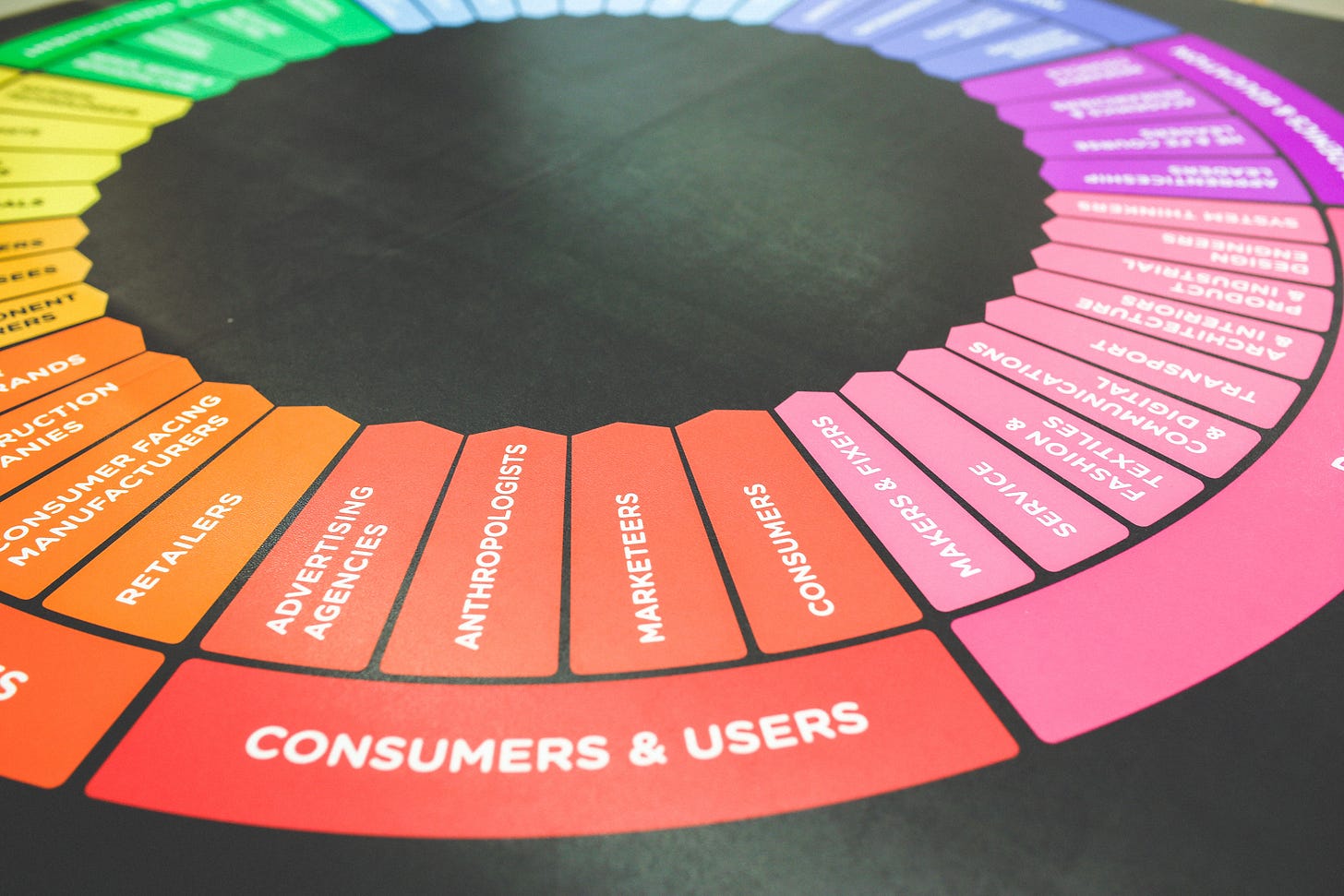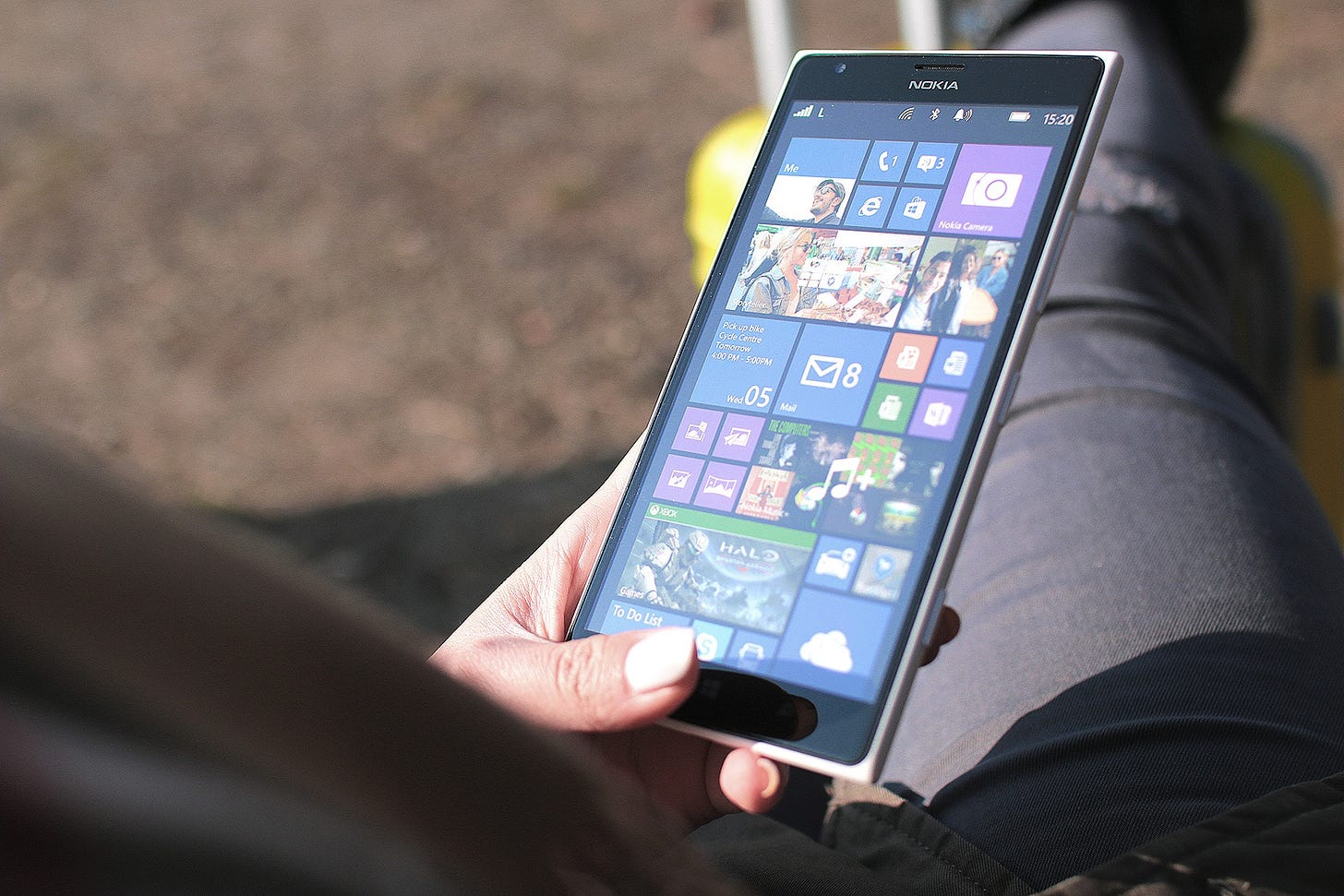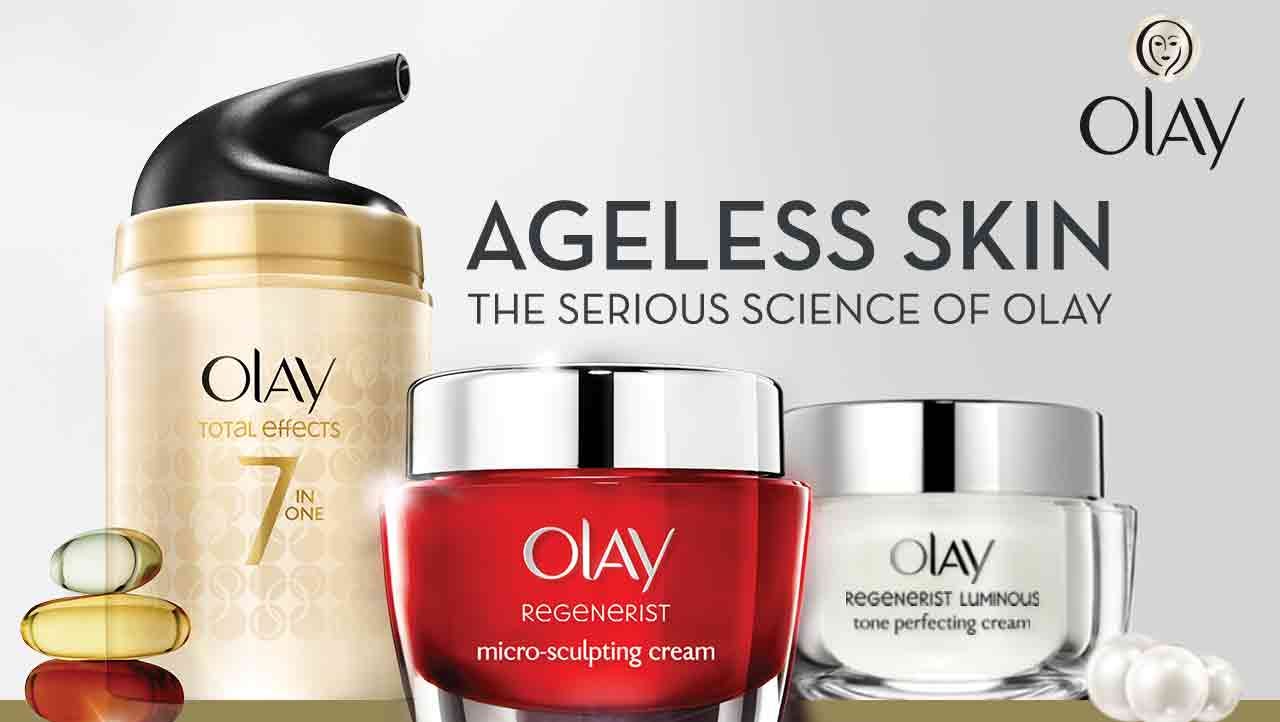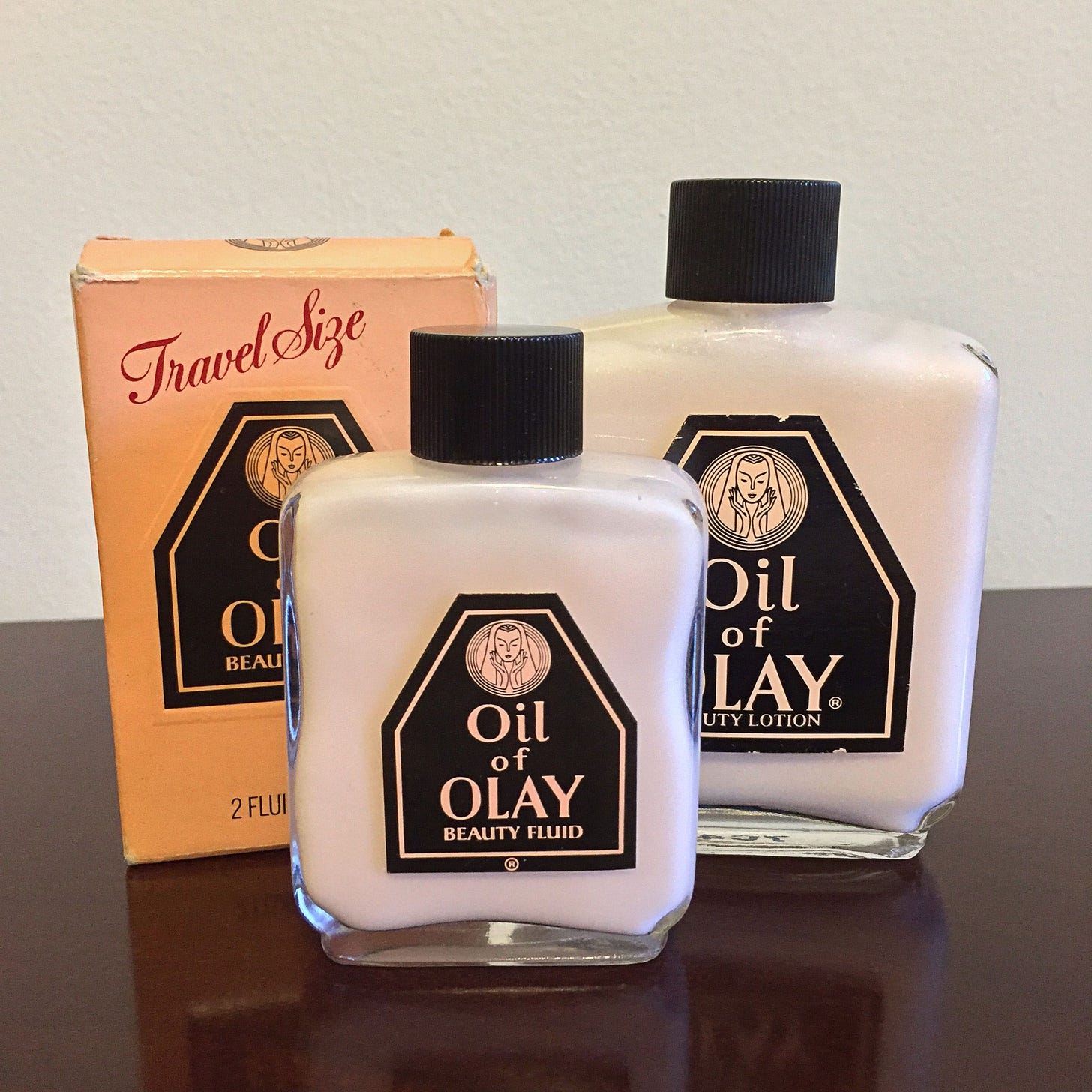reviving dead brands - Is it good money chasing bad money?
Estimated reading time: 10 mins || Sometimes business decisions feel like buying a Burberry bag. You know that you don't need one but you want one. Is bringing dead brands back to life similar?
Welcome to Seeking North, where I unpack knowledge on how to grow brands in a world full of noise.
If you enjoy this article or it is your first time here, I invite you to subscribe to Seeking North so that you never miss an article and read it from the comfort of your email app.
Thanks for being here,
Rohit

Recently the Indian confectionery major Parle reintroduced Rola Cola, a hard-boiled candy that tastes like cola. Rola Cola was introduced for the first time in the Indian market in the early 1990s, at the height of the Indian Cola wars, but was discontinued in 2006.
The reintroduction is quite a story in itself. A fan sent a tweet to the company to reintroduce the brand and then went on to collect over 10k retweets (as the company had asked) to get the company’s commitment to relaunch the brand. (Link for this story at the end of the article.)
Rola Cola’s reintroduction has let to tremendous media coverage and has left me scratching my head to seek an answer to the question - Why do companies bring ‘dead’ brands back to life? And I seek a business answer to this question and not a marketing one.
Why do brands die
When I say ‘dead’ brands, I mean brands that were discontinued by companies and there were no products in the market for some time. This doesn’t include brands that are having a tough time due to poor business decisions/changed competitive context but are still available for purchase in the market.
Brands die for a variety of reasons but some of the prominent ones are:
M&A: Mergers & acquisitions lead to a culling of brand portfolios of the companies involved. Both companies may have competing brands in the same category. Hence, the brand with highest revenue/profit is continued and usually the other brands are discontinued. You may remember Lynda.com as a portal for online courses, which was bought by LinkedIn and the same content is now part of the LinkedIn Learning brand
Sales stagnation: Brands that are popular once may not remain popular as the needs of the customers evolve. An example of this is Toys For Us in the US, which could not keep pace with the changing needs of its customers and the changing competitive context. The company filed for bankruptcy protection recently. Closer home Campa Cola (an aerated beverage) is an example of this situation
Business restructuring: This is similar to #1 above. When companies audit their brand portfolio, many realize that they have too many brands & sub-brands. What follows is a process of integrating and streamlining brands, leading to many brands being knocked off. For instance, in the late 1990s, Unilever decided to pare down its portfolio of 1200 global brands to focus on 400 power brands
Why revive a dead brand
I think it is important to understand why companies want to revive a dead brand. But a more fundamental question is, why does a company want to launch a brand. To me, it boils down to a simple reason: Business Opportunity. The company sees a business opportunity to grow in a market (product category & Geo) and meets this requirement by a brand launch.
The simplest way to map business opportunity is to do a business impact vs ease of market entry chart. It looks like the one below.

Business impact is measured as the contribution to the company’s top line or bottom line by entering this new market. It is typically calculated by looking at the current market size, the market share the company expects to grab, the market’s growth rate, etc.
Ease of market entry is defined as how easy it is for the company to enter the market. It involves things like the extent of competition, nature of competition, existing distribution network, points of differentiation for the category, etc.
If the business opportunity makes sense, then the decision comes down to this - Will a brand which existed earlier (in same/different category) should be revived or a freshly minted brand should be launched. One of the key reasons given to support the relaunch of a dead brand is that it adds more value to the x-axis: Ease of market entry as it has residual brand equity and hence makes it easier for the brand to crack the market.
Residual brand equity means that although the brand is long gone, the brand name is still relevant in the market and the customers are familiar with it. Thus, if the brand is brought back to life, it comes with a ready-made customer set that helps in entering the market. Also, residual brand equity can then be extended over (through communication) to lookalike customers, which further provides a compounding effect to the brand. ‘Nostalgia’ is the term used for such residual brand equity very often.
Put simply, it means that it is easier to sell a known brand (although dead) than a completely new brand.

Why revival of a dead brand doesn’t work
There are 3 fallacies with the residual brand equity argument:
What brand equity: As per existing models, brand equity has 2 parts - Brand awareness and brand image (ref: Keller’s CBBE model). Brand image refers to the associations created in the minds of the customers through communication and product experience. Many companies ‘incorrectly’ interpret strong brand awareness as strong brand associations. As the dead brands have been out of the market, both the communications and product experience are non-existent. For instance, while the customer still recognizes the logo or the brand name of Nokia, the brand is not get triggered in her mind at any need state and is not part of her consideration set. To put it simply, only brand recall doesn’t lead to brand purchase
Target Group has moved: The target group to which brand appealed when it was alive has evolved and has moved to a different stage in its life cycle. Life cycle stages trigger lifestyle changes and hence changes in selection of brands used by the TG. A part of the TG may still be familiar with the brand, the bulk of the TG you want to target is not. These are the customers who have never heard of your brand as they were not in the initial TG when the brand was there in the market
What has changed: The brand was discontinued for a reason. Before it is reintroduced, you need to evaluate what has changed? Is the market more suitable for the brand now? Can technology be used for better distribution? Is the TG is larger and more accessible and more coherent in its needs? If the answers to these business questions are ‘nothing has changed’, then the residual brand equity argument does not hold
Brands which came back from the dead
There have been many efforts to bring back brands from the dead. Let’s look at a few:
Nokia

Nokia is perhaps the biggest case study in terms of a company completely missing the changing customer and competitive context and declining at the speed of light. Nokia, which at its peak had ~50% of smartphone market share, sold its phones business to Microsoft in 2014. The business never took off and the brand was hived off to HMD Global in 2016, which has since then been trying hard to get the brand back into the smartphone market.
As of Q3, 2019, Nokia is estimated to have a 1% market share of the smartphone market. Chinese rivals like Huawei, Oppo and Vivo are much stronger and have larger market shares. Do you think that to achieve 1% market share, HMD needed to buy the Nokia brand name or it could have just created a new brand and gone to market with it?
Mini cars
Mini is a cultural icon that was introduced in 1959 as a car that does not guzzle fuel. It had a good run before its parent company BMC ran into problems. Original Mini’s production was stopped in 2000.
After changing many hands, Mini brand rested with BMW which restarted production in 2001 (and rebranded the car to MINI), though work on an upgraded Mini had started as early as 1995. MINI has been a runaway success, getting featured in movies, being used by pop stars and a dedicated fan base larger than the size of many countries.
There are two important things to note here:
The new MINI is a completely different model of the original Mini. The styling, the accessories and the engine, all have been designed to appeal to a completely different TG. If you see the image below, the one on left is the original Mini, the one on the right is MINI by BMW

Mini was not just a brand, it was a cultural icon. But it was a cultural icon for a certain TG. As the TG moved, BMW had to change almost everything about the original Mini to appeal to a more evolved TG. The question remains - How much of the original Mini’s brand equity does the current MINI rely on to sell cars
Oil of Olay and Old Spice
Oil of Olay (now Olay) and Old Spice are brands owned by P&G. While these brands technically never died (as in the production continued), the reason I bring these up here is to talk about Nostalgia as an association for purchase.
Quick business context - Both Oil of Olay and Old Spice were struggling brands in P&G’s portfolio. In 2000, P&G rebranded Oil of Olay as Olay and changed the formulation, packaging and brand identity. Here’s a quick comparison of the brand identity.
New Olay

Old Olay

Old Spice had lost connection with its TG and was struggling for an identity till P&G launched the now-iconic TV spot - The Man Your Man Could Smell Like. The new communication changed the brand associations of Old Spice spectacularly from ‘an aftershave my granddad will use’ to ‘a brand that I use so that I can appeal to my female friends’.
Here’s the TV spot.
Here’s one of Old Spice’s earlier TV spots.
In both the cases, the new brand identity has almost nothing to do with the ‘nostalgia’ of the older brand identity. In fact, the product experience and communication were designed to be completely unlike the older brand identity. Thus, while many people credit ‘nostalgia’ as the lever for the revival of these 2 brands, it was, in fact, the ‘anti-nostalgia’ which got the brands back on track.
The only benefit, a company gets from nostalgia is earned media at the time of launch across PR, Twitter, etc. Excited media persons, old-time fanboys/girls talk about the relaunch and their fond memories of the brand (nostalgia). However, this earned media alone cannot make a brand sustainable. At best such momentum around launch leads to a one-time purchase by the fanboys/girls but they don’t come back for a repeat purchase.
So what does it all mean
Unless you already own a brand which earlier operated in a product category and your business impact vs. ease of entry analysis shows that reviving this brand will help in market entry, there is no point even thinking about reviving a dead brand
In case you do not own the dead brand and are looking to acquire it for a relaunch, you should think twice. Is the business benefit of helping in market entry worth the price to be paid for acquiring the brand and its assets
You should also consider if the relaunch will mean completely changing the brand identity of the dead brand, because if it does, then you may be better off launching a new brand
Brand equity of dead brands (or nostalgia) is highly over-rated and the equity is more often than not familiarity (awareness) than associations. As I said earlier, familiarity alone cannot lead to purchase
Thanks for reading.
Rohit
Link: The Rola Cola story
PS: If you like what you read and haven’t subscribed to the newsletter, please do consider subscribing by using the button below.
If you are a subscriber, please do consider sharing Seeking North with your friends and colleagues. It will get you good karma points from them as well as me :-). Use the button below.



